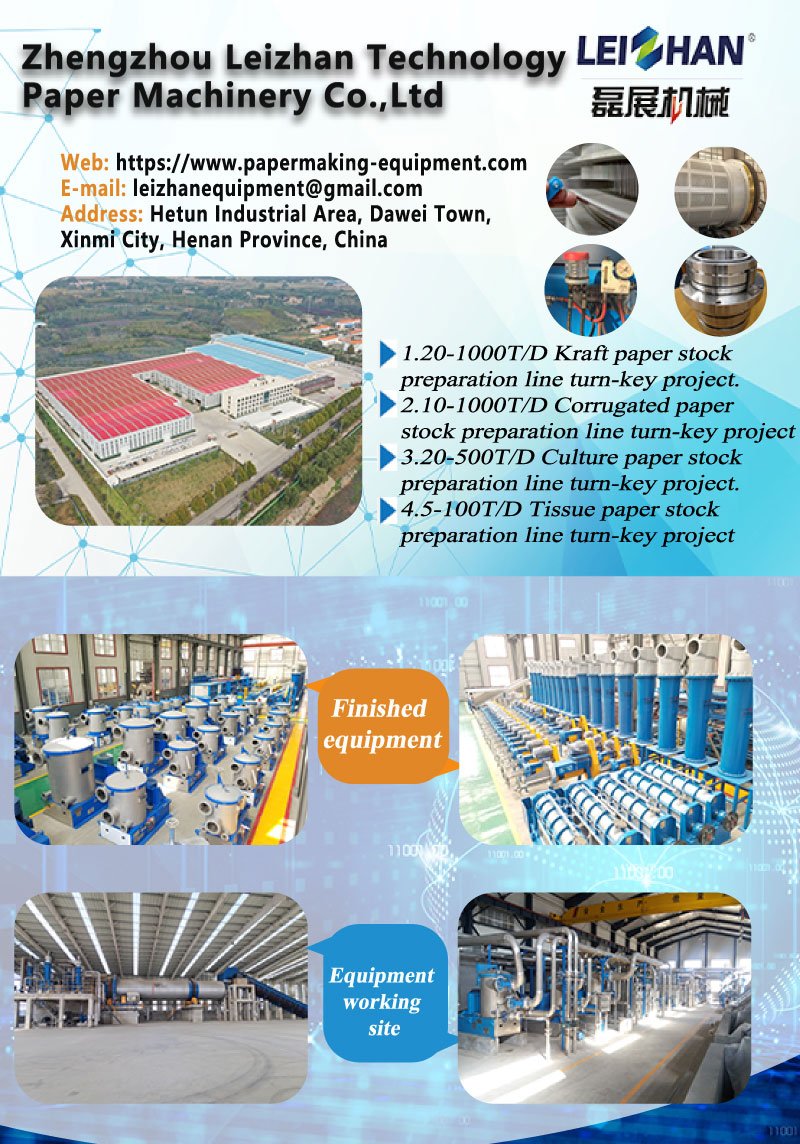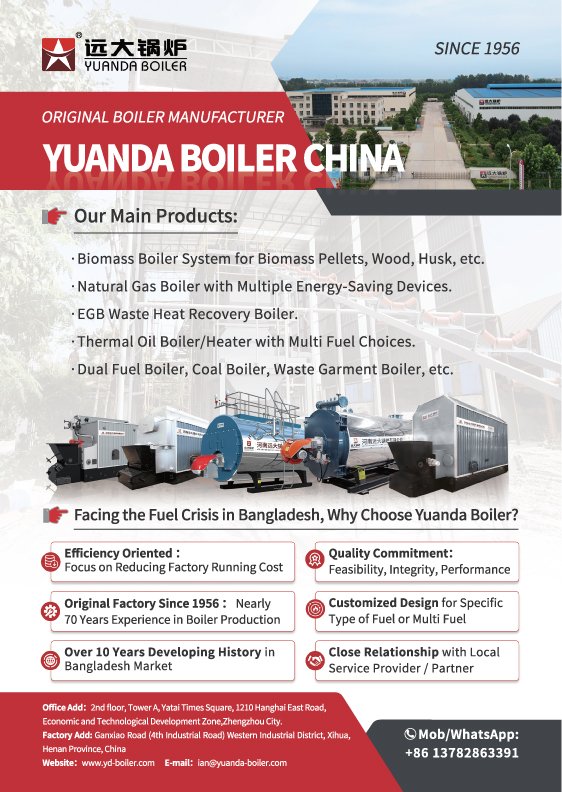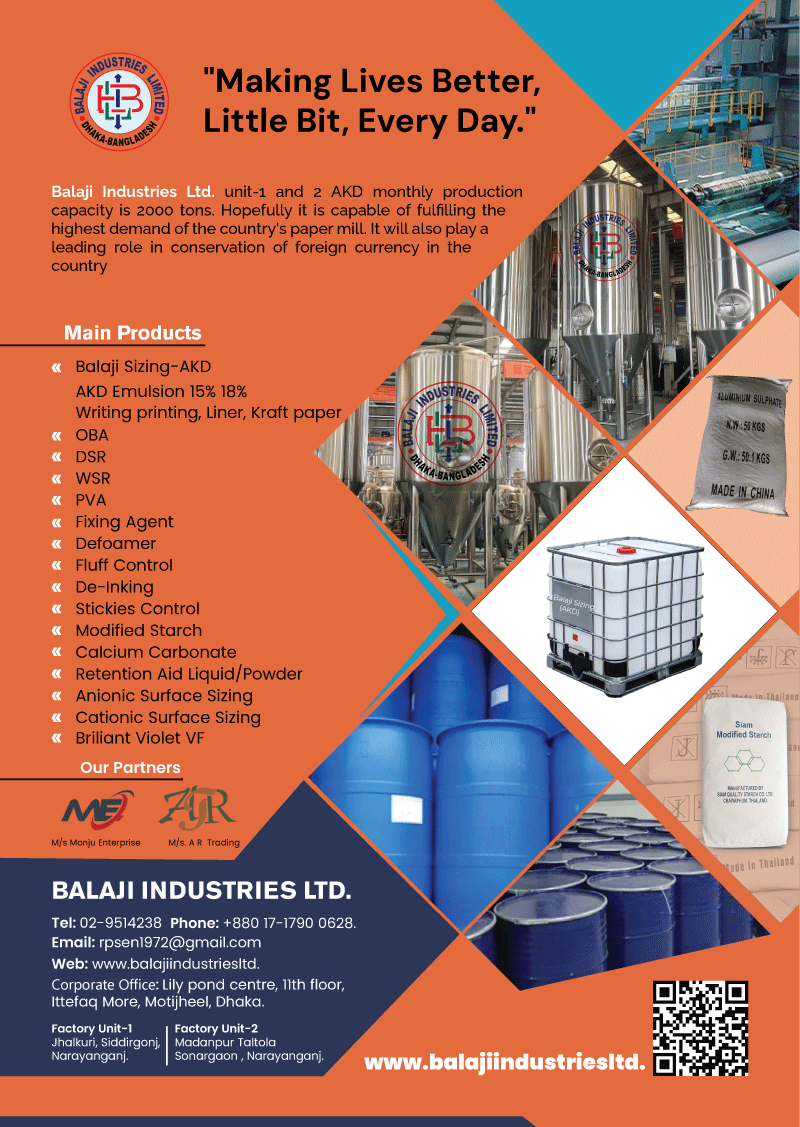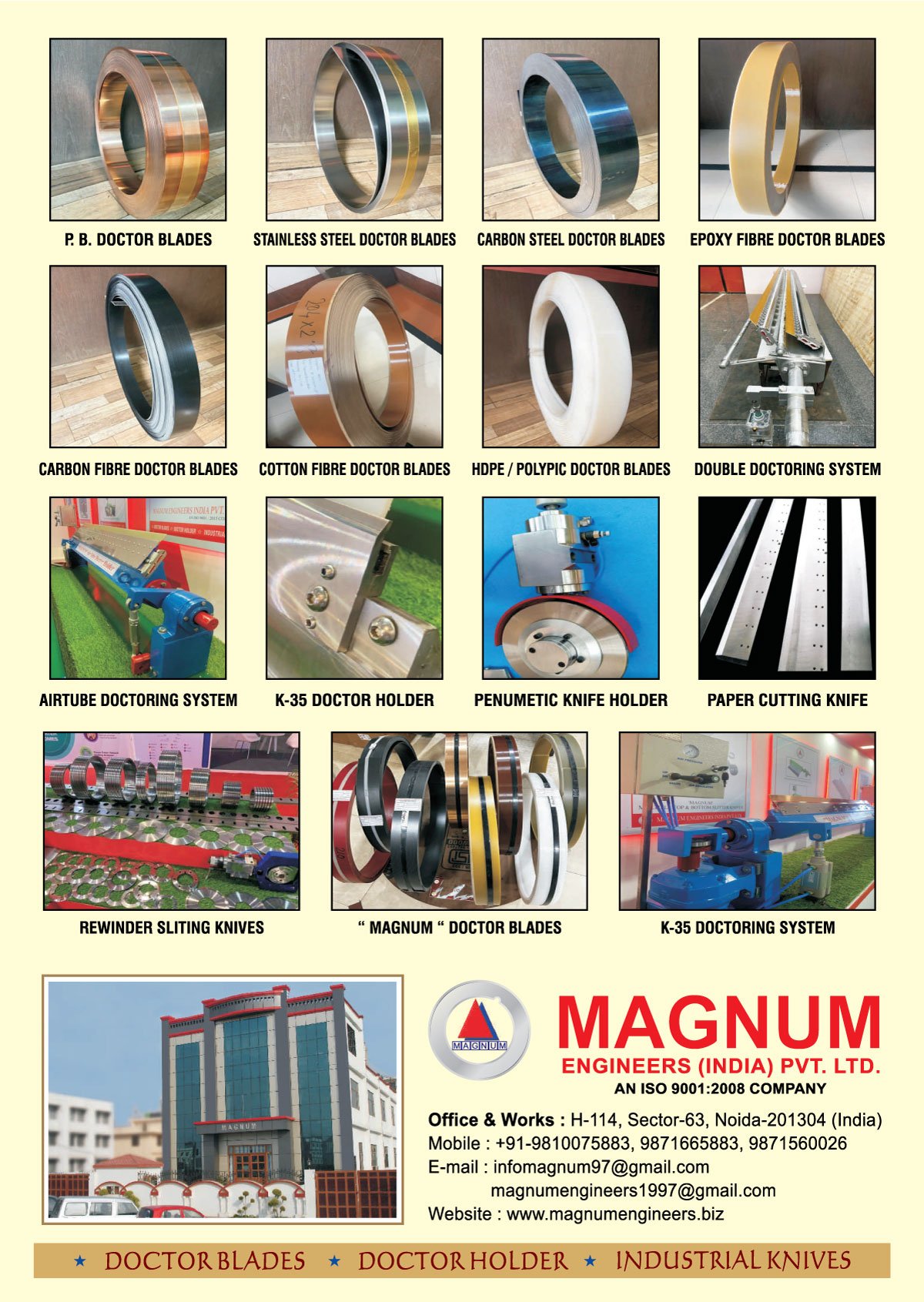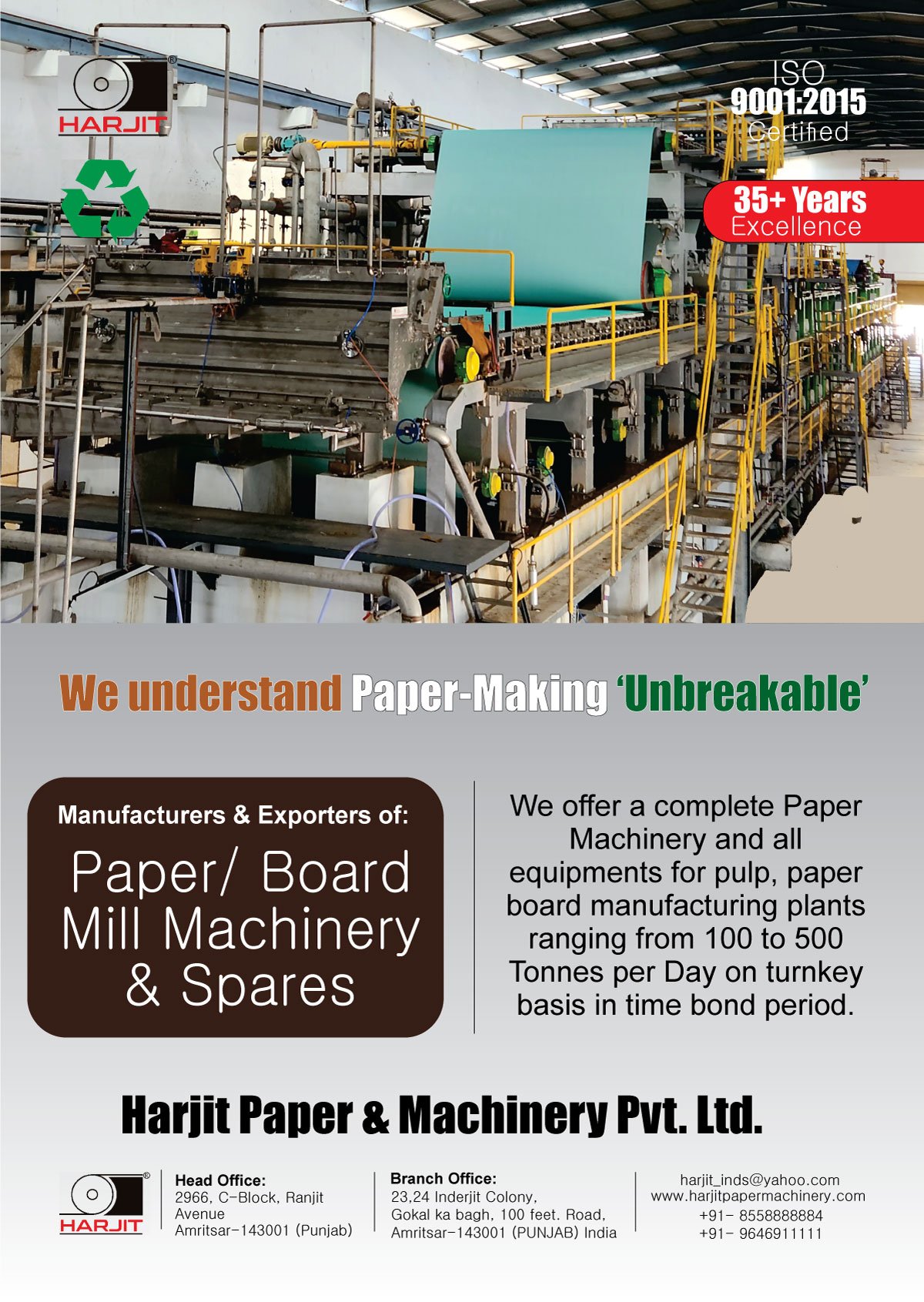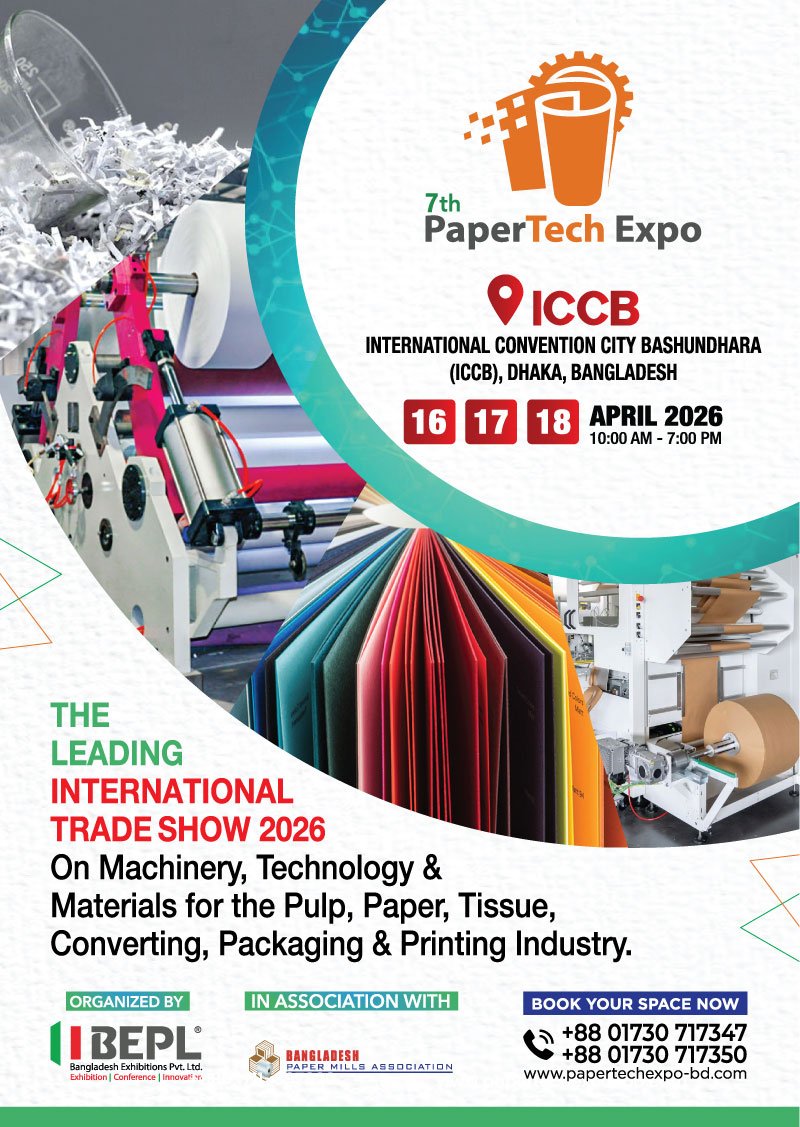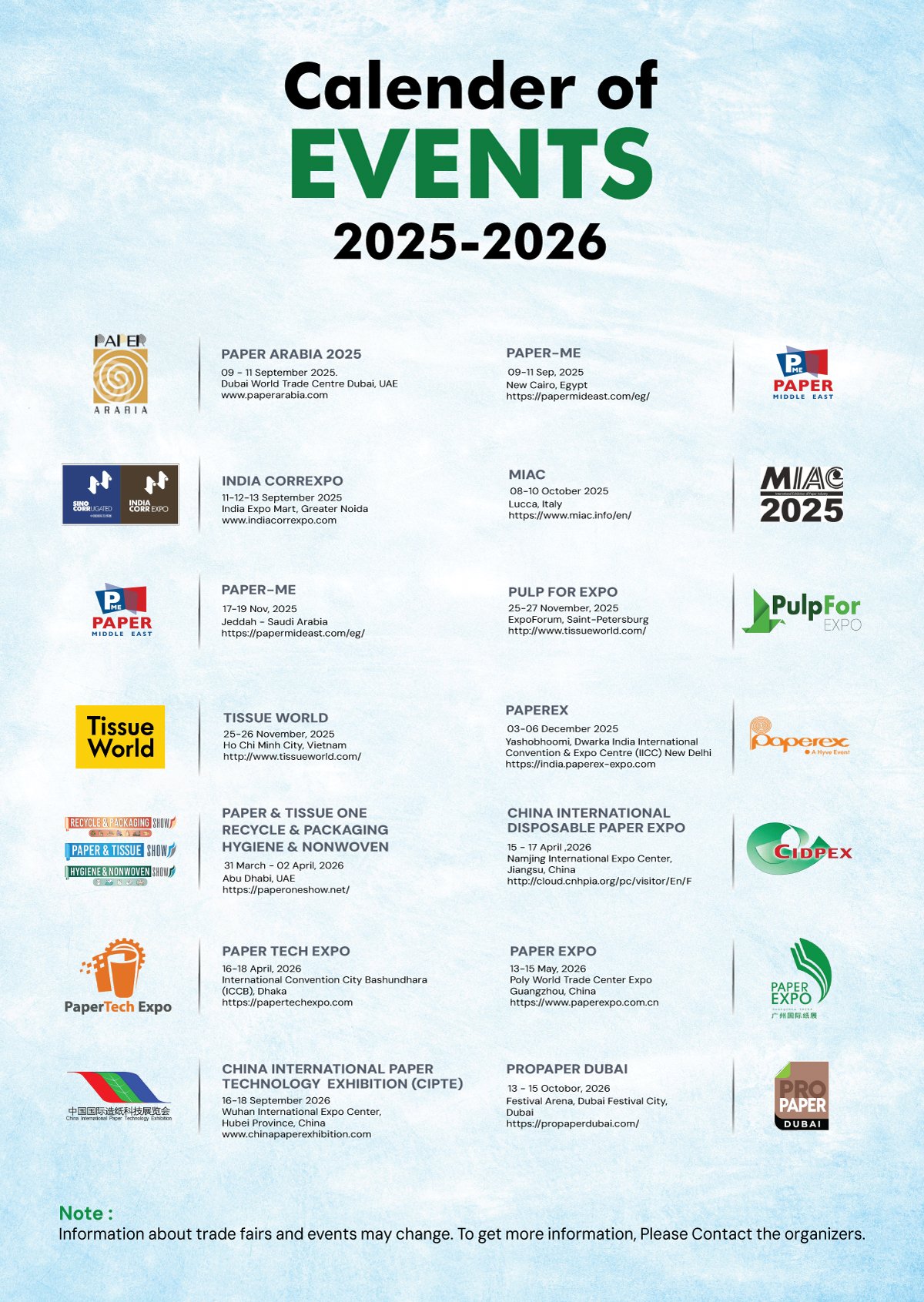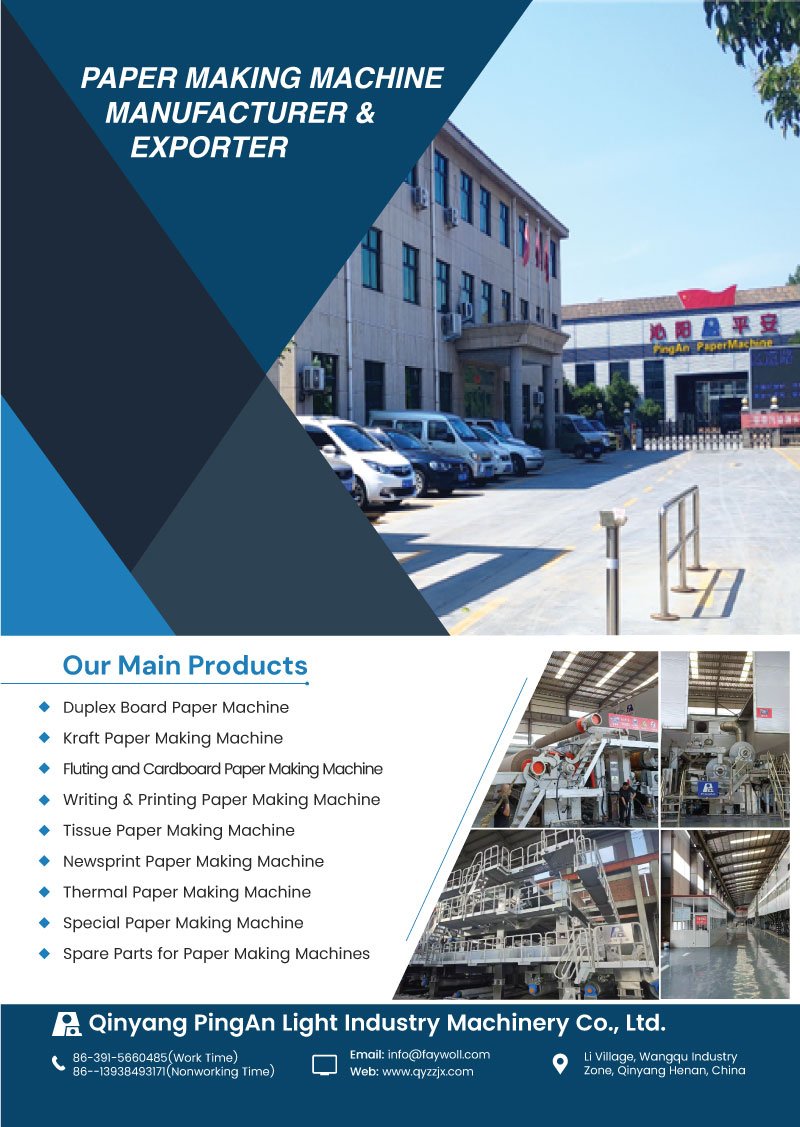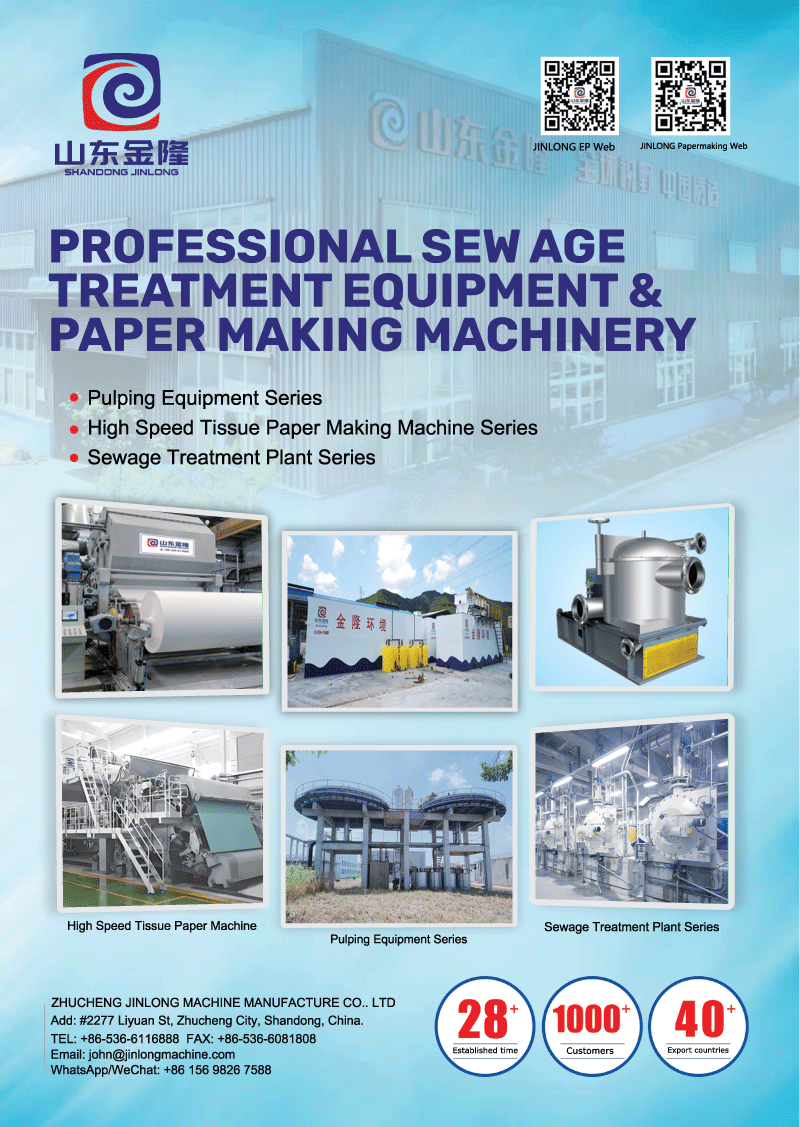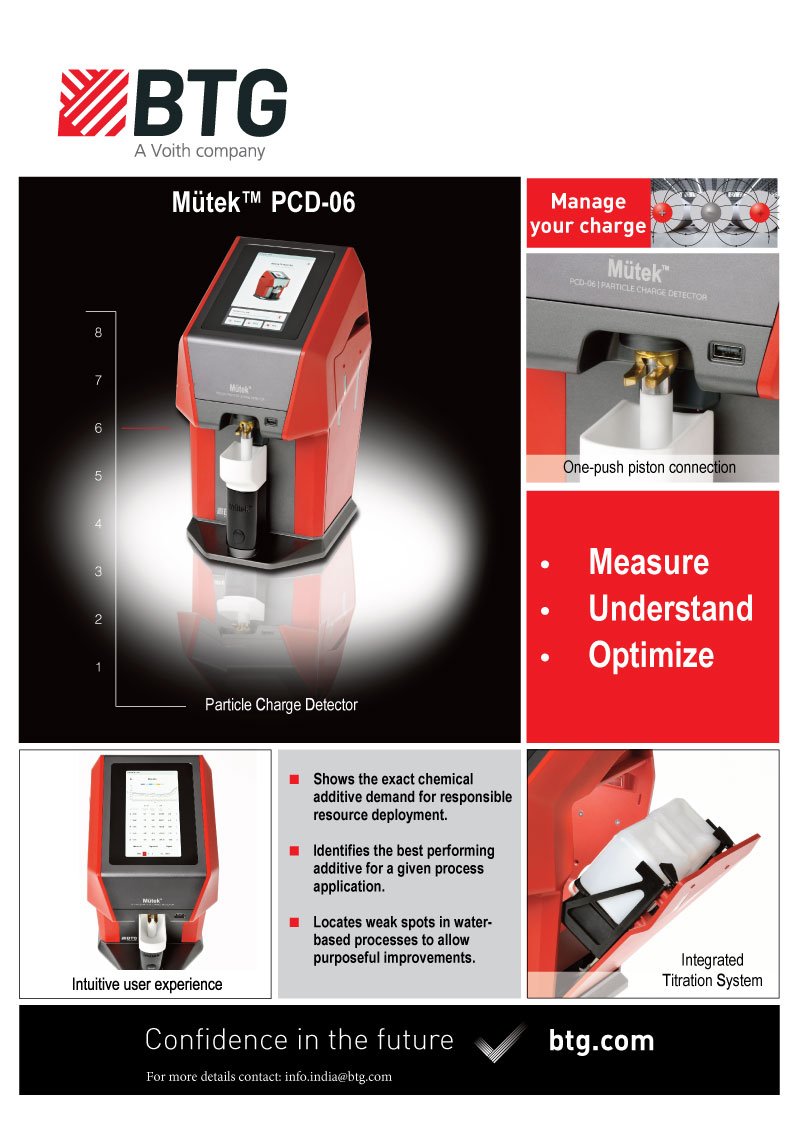Use of Dyes and Pigments in Paper Making Process (Part-2)

Types of dyes uses for coloring,
There are main four types of dyes that are commonly used in pulp and paper industry for coloring pulp.
They are acid dyes, basic dyes (cation), direct dyes (Substantive) and color pigments. The other dyes are sulphure dye and Optical brightening agents (OBA),synthetic dyes; disperse sulfur dyes, pigments dye,mordant dyes, vat dyes, reactive dyes, macro-molecules dyes, materialized dyes & pre-metalized dyes, naphtha dyes, gel dying, developed dyes, azo dyes, anthraquinone dyes, and natural dyes. A colorant is added to the stock preparation stage and by adding coloring substance to pigment is added at coating stage. Also a binding material with a dyeing substance is applied to the surface of the paper sheet on a calendar stage. The dying process is the interaction between a dye and a fiber as well as a movement of dye into the internal part of the fibers occurring covalent bond. Dying process is involved adsorption or transfer of dyes from aqueous solution onto fibers surface and diffusion or dyes diffused into fiber.

Dr.Kshudiram Bhowmick, Retired Head of Technical Department Karnaphuly-Paper Mills Ltd.
Some paper grades dyes reactivity is mentioned below.
Acid dyes: Acid dyes are the salts of sodium and potassium of the corresponding a colored acids. That is the sodium salt of azo dyes containing sulphonic acid and carboxylic acid groups called acid dyes. They are formed an anionic or negative charge in the water medium. As a group of acid dyes they exhibit excellent solubility and good brightness. Fiber has negative charge. So Fiber and acid dye will not bond. They have no affinity for cellulose due to anionic. Because between anionic dye and negatively ionized cellulose fiber, a barrier of electrostatic repulsion is formed preventing the dye from exhaustion. For these reasons requires a mordant or fixing agent which have positive charge. The anionic groups of acid dyes achieve water solubility of the dyes and to build an ionic bond linkage to the fiber by the help of fixing agent. Besides ionic bond Vander Waal forces. To color the fabric with these dyes the acidic solution of these dyes is used. These dyes can also be used to color wool, nylon, polyurethane.
Reaction: Dye ——-Fixing +++++++ Fiber——- = Color product.
Disadvantages of Acid dyes:
The main disadvantage is two sidedness, when acid dyes applied on paper. Some acid dyes are very sensivity to heat. They tend to migrate to the surface of a drying paper sheet or burn on dryers resulting in mottle. This happened in higher basis weight paper and boards. Basic dyes: Basic dyes are available in liquid, powders and pearls form and dyes are used for coloration of paper grades containing a large amount of lignin. Mostly the color obtained with low light fastness. They are sodium salt of bases containing amine or dialkylamino group of autochrome. They are also known as cationic dyes because they have positive charge in the dye molecules under dying conditions.
Pulp fibers have negative charge. As results, these cationic dyes have high affinity to paper making cellulose pulp (unbleached) and fillers which is connected with the positive charge molecule.
The need no fixing agent or binding chemicals and cellulose fiber to form a bond with dyes. The basic dyes lead to formation of an ionic bonding anionic groups present in the fibers. Basic dyes are suitable for tinting of paper when used in writing manufacturing industry and can achieve brilliant shades of color on paper and paper board. Finally it enhances the brightness of paper.
Reaction: Dye ++++++++ Fibers ———— = Color products.
Disadvantages of Basic dyes:
The basic dyes have poor shade stability, high acid content, very poor light fastness and colored
backwaters.
Direct dyes: These are sodium salts of acid dyes and highly water soluble dye which can be applied to fibers directly. In water it ionizes to dye anions and Na+ as sodium cations. These dyes are of sulphonic acids and formed into their sodium salts. The sulfonic acids are less soluble in water than sodium salts. It has high molecular weight and has high affinity to cellulose. Cellulose fibers are anionic and direct dyes are cationic. The reactive group of these dyes combined directly with the fibers or pulp cellulose without help from other chemicals. Therefore dyes have an affinity for cellulose. The adsorption of cationic direct dyes is influenced by the amount of negative charge on fibers. The adsorption of cationic dyes is happened due to inherent substantively. The direct dyes are one of the cheapest groups of dyes used for
coloring cellulosic materials. The produced desired full shades of paper. Many direct dyes are dull in color. These dyes provide duller color than the color provided by the fiber with reactive dyes. The wash fastness quality is low. Few direct dyes have low light fastness.
Optical Brightening Agents OBA): This is a dye and a very complex chemical based on organic molecules. OBA is a derivative of Triazine-stilbenes Biphenyl stilbenes, Imidazolines, Diazoles, Triazoles etc. They absorbed Ultraviolet energy, produce fluorescence having a high energy molecule which re-
emitted as visible light with a radiation of longer wavelength. For this reason the human eye is confused its blue makes the paper is brightener or whiter. Whiteness can also be increased by using substances which would give colorless solution.OBA bears stability to acid & alkali and gives good light fastness properties. Excessive uses of OBA, decreases the brightness of final products.
Sulphur Dyes: Sulphur dyes are complex heterocyclic molecules of organic compound containing amino or nitro groups with Na-polysulphide or sulfur. They are water insoluble compound but highly colored. The sulphur dye produce very deep shades which have good resistance to washing but poor resistance to sun light. Sulphur dyes are cheap for coloring cellulosic fibers with limited color fastness properties. They are absorbed by the fiber surface.
Properties comparison of paper grade use dyes:
Products quality depends in the quality of the dyestuff and auxiliaries used as well as the types of raw materials and the pulping methods such as mechanical and chemical methods.
| Dyes | Pigments | ||||
| Types | Acid | Basic | Direct | Organic | Inorganic |
| Ionic Types | Anionic | Cationic | Cationic | Non-ionic | Non-ionic |
| Technical value | Good | Fairly good | Fairly good | Poor | Poor |
| Shade Range | Full | Full | Full | Full | Unlimited |
| Brightness | Very good | Fairly good | Fairly Good | Fairly good | Poor |
| Light Fastness | Poor | Variable | Fully good | Excellent |
Excellent |
Criteria for selecting a dye: Proper dye selection is very important. Dye selection depends on the end use area, the physical and chemical properties of the products and the process or the application conditions. There are several properties of dyes that needs to posses in order for its suitable uses in the paper industry. These
properties are good affinity of dyes, right shade, optimum depth, good light fastness, bleed fastness, stability to humidity and temperature, regulatory compliant, need clear backwaters, absence impact on different paper parameters in processes, lower cost of production and to be safe to handling, usages environmental friendly dyes, biodegradable and any heavy metal or amine content avoided and does not affect any other paper chemicals or process parameters. The type of uses pulp is also responsible for dyes adsorption.
Considerations for pigments selection: There are several considerations to select the types of pigment that to be used. If the paper requires being less brightens then yellow and red of the visible spectrum. For an increase in brightness, blue and violet dyes are used along with optical brightening agents. The major influencing factors for applying the dyes and pigments are covalently bonded, ionized, coordinated, hydrogen bonded and the intermolecular forces binding, the color fastness depends on the
binding strength whether to combine the main depending on the structure of the dye molecules. Conclusion The application of dye depends on various factors such as pulp grade and quality, quality of dyes. To obtain the desired color shade target, need amount of dye should be used by selecting proper dyes with cheaper dyes.
References:
1. Blus,K. Czechowski,J.& Kozirog, A. New Eco-friendly Methods for Paper Dying. Fibres & Textiles in Eastern Europe 2014,Vol 22.5(107) p121-125.
2. Drzewinska E. The Influence of Pulp on the Colour of Dyed Papers. Fibres & Textiles in Eastern Europe January/March 2008 Vol.16.No.1 (66) 103-107.





